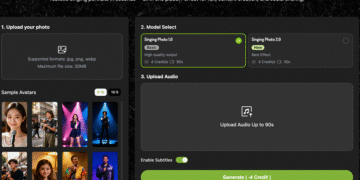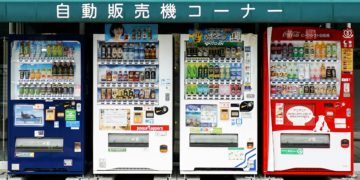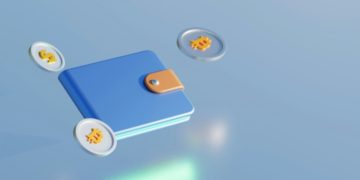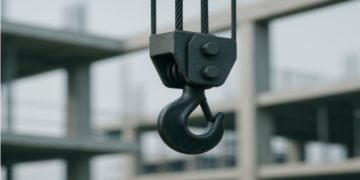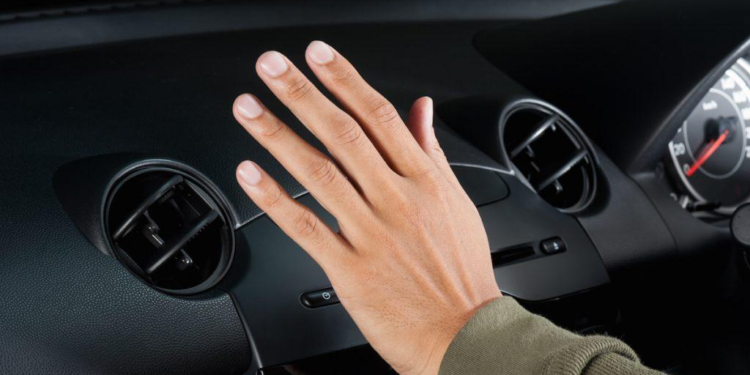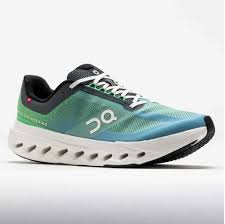If you’ve recently recharged your air conditioning system but your car AC is not cooling, you’re probably wondering what went wrong. After all, adding refrigerant should restore cold air—right? Unfortunately, that’s not always the case.
A recharge may temporarily mask the real problem, but if deeper issues exist, the cool air won’t last long. In this article, we’ll uncover the hidden problems that cause your car AC not cooling even after a recharge and what you can do to fix them.
Why Recharging Alone Doesn’t Always Fix the Problem
Refrigerant (often referred to as Freon) doesn’t get used up—it only leaks out if there’s a problem. If your AC was low, it usually means there’s a leak or a component malfunction. Simply topping it up won’t solve the underlying issue, which is why many drivers still experience car AC not cooling after recharge.
1. Refrigerant Leak
The most common reason your AC doesn’t work after recharging is a leak in the system. Even a small leak can cause refrigerant levels to drop quickly, leaving you with warm air again.
Signs of a leak:
- AC cools for a short time, then blows warm
- Oily spots around hoses or AC fittings
- Hissing sound when the AC is running
Solution:
Have a mechanic perform a pressure or dye test to locate the leak. Repair or replace the damaged line, condenser, or evaporator before recharging again.
2. Failing AC Compressor
The compressor is the heart of the AC system, responsible for circulating refrigerant. If it’s weak or failing, recharging won’t help.
Symptoms of compressor trouble:
- AC clutch not engaging
- Loud clicking or grinding noises
- AC blows warm air consistently
Solution:
Unfortunately, compressors often need full replacement. Regular AC use (even in winter) can help prevent compressor failure.
3. Blocked or Dirty Condenser
The AC condenser, located near the radiator, releases heat from the refrigerant. If it’s blocked with dirt, leaves, or road debris, your AC won’t cool efficiently—even with a fresh recharge.
Signs of condenser issues:
- AC works inconsistently
- System overheats in traffic
- Reduced cooling power at all times
Solution:
Clean the condenser with a gentle water spray. If damaged or leaking, replacement is necessary.
4. Clogged Expansion Valve or Orifice Tube
The expansion valve (or orifice tube) controls how much refrigerant enters the evaporator. If it’s clogged, the system can’t cool properly.
Symptoms of a clogged valve:
- AC blows warm air intermittently
- Frost or ice buildup on evaporator lines
- Uneven cooling inside the cabin
Solution:
This repair usually requires a professional mechanic to replace the faulty component.
5. Electrical or Sensor Issues
Modern cars rely on sensors, relays, and fuses to control the AC system. If one of these fails, the compressor or fans may not operate, even after a recharge.
Possible electrical problems:
- AC button doesn’t respond
- Compressor clutch won’t engage
- Cooling fan not spinning
Solution:
Check the fuse box first for blown AC fuses. If those are fine, a mechanic can diagnose relays and wiring problems.
6. Blend Door Malfunction
Inside the cabin, blend doors control whether air passes over the heater core or evaporator. If they get stuck, warm air may mix with cold air, making it seem like your car AC is not cooling after recharge.
Symptoms:
- Inconsistent air temperature
- Clicking sounds from behind the dashboard
- Cold air on one side, warm air on the other
Solution:
This is a complex repair since blend doors are located deep inside the dashboard. A professional will need to diagnose and replace the faulty actuator or door.
Preventing AC Problems After Recharge
To make sure your recharge lasts, follow these tips:
- Fix leaks first – Never recharge without repairing leaks, or the problem will come back quickly.
- Replace the cabin air filter regularly to maintain strong airflow.
- Keep the condenser clean by removing dirt and debris.
- Run your AC periodically year-round to keep seals lubricated.
- Have annual AC inspections to catch small problems early.
FAQs About Car AC Not Cooling After Recharge
Q1: Why is my car AC still blowing warm after recharge?
Likely causes include a refrigerant leak, bad compressor, or blocked condenser.
Q2: How long should AC stay cold after recharge?
If the system is healthy, it should last years. If cooling fades in days or weeks, there’s a leak or other problem.
Q3: Can overcharging refrigerant cause AC not to cool?
Yes. Too much refrigerant creates excess pressure, reducing cooling efficiency.
Q4: Is it safe to drive if AC doesn’t work after recharge?
Yes, but it’s uncomfortable. Delaying repairs may worsen problems, especially if the compressor is failing.
Final Thoughts
If your car AC is not cooling after recharge, it’s a clear sign that something deeper is wrong. The most common culprits are leaks, compressor failure, blocked condensers, or electrical issues. Simply adding refrigerant won’t solve the problem long-term.
The best approach is to diagnose the root cause—whether it’s a leak, faulty part, or airflow restriction—and fix it properly. With the right repairs and preventive care, your AC will keep you cool no matter how hot it gets outside.






